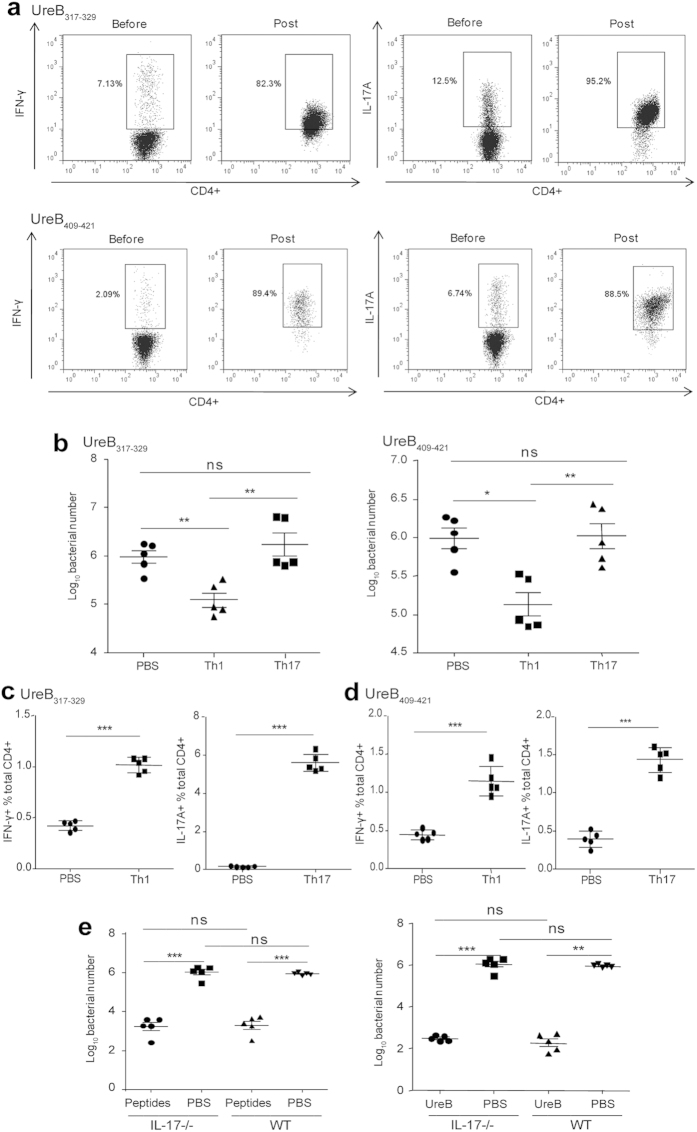Figure 6. Determination of the protective effects of epitope-specific Th1 and Th17 cells.
(a) Splenic lymphocytes of mice immunized with the peptides, UreB317–329 and UreB409–421, were cultured in vitro in the presence of the peptides. Then, epitope-specific Th1 and Th17 cells were isolated using a cell enrichment and detection kit, and their purities were assessed via flow cytometry. The results are representative of five independent experiments (b) After adoptive transfer with epitopes-specific Th1 or Th17 cells, H. pylori colonization of the stomachs of mice was determined. (c) UreB317–329-specific Th1 responses of mice transferred with specific CD4+ T cells secreting IFN-γ were analyzed (left). UreB317–329-specific Th17 responses of mice transferred with specific CD4+ T cells secreting IL-17A were analyzed (right). (d) UreB409–421 specific Th1 and Th17 responses of mice transferred with specific CD4+ T cells secreting IFN-γ and IL-17A were analyzed as described in c. (e) IL-17−/− mice were immunized with peptides (UreB317–329 combined with UreB407–419) or UreB. Four weeks after H. pylori challenge, the bacterial colonization in the stomachs of mice immunized with peptides (left) and UreB (right) was assessed. The results of (b–e) were repeated three times. The data are expressed as the mean ± S.D (n = 5). *P < 0.05, **P < 0.01, ***P < 0.001.

